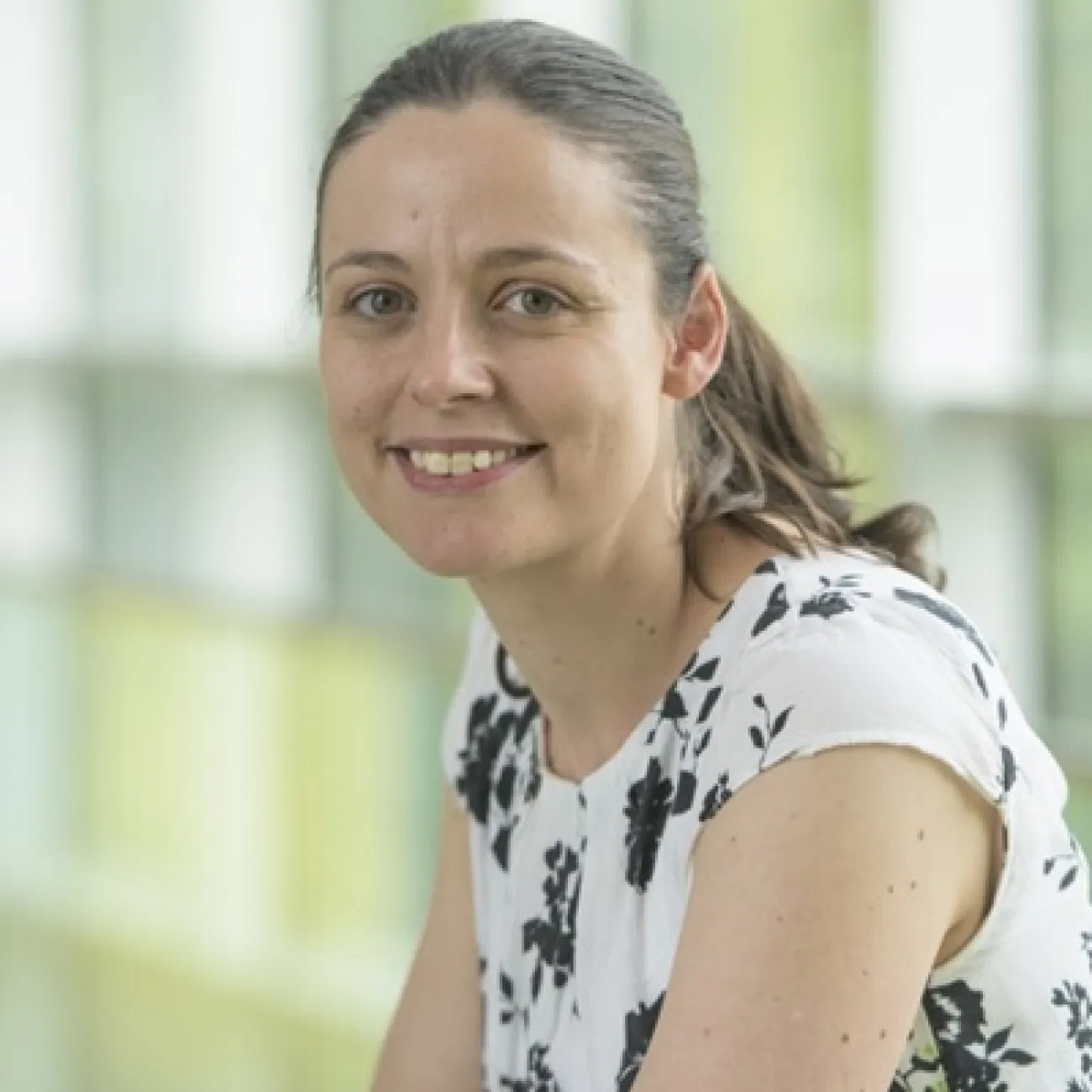Research
Research groups
Research projects
Active projects
Researchers:
Sponsor: Royal Society
Researchers:
Sponsor: Royal Society
Sponsor: EPSRC
Researchers:
Researchers:
Sponsor: EPSRC
Completed projects
Researchers:
Sponsor: Royal Society
Researchers:
Sponsor: Royal Society
Researchers:
Sponsor: Royal Society
